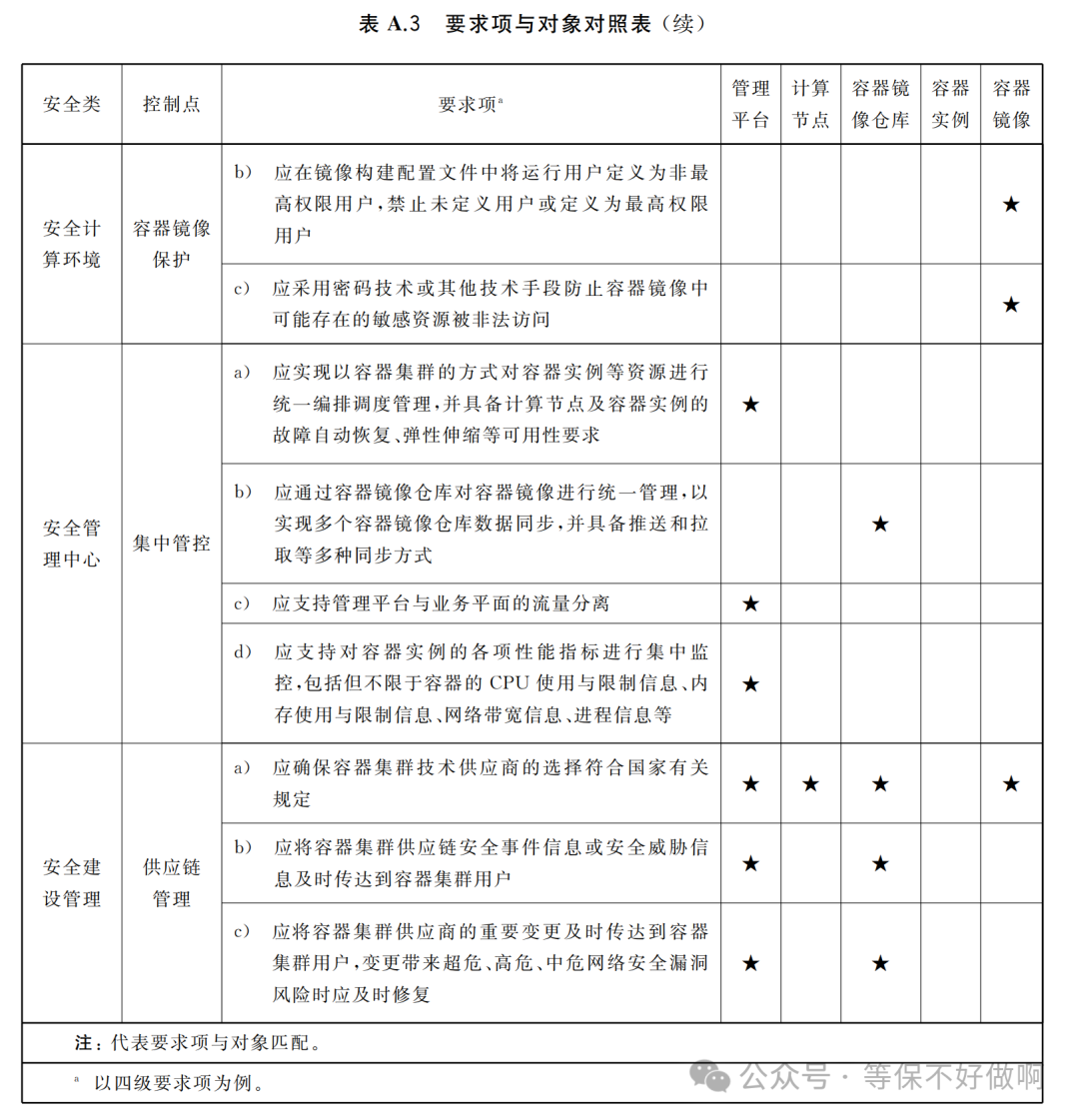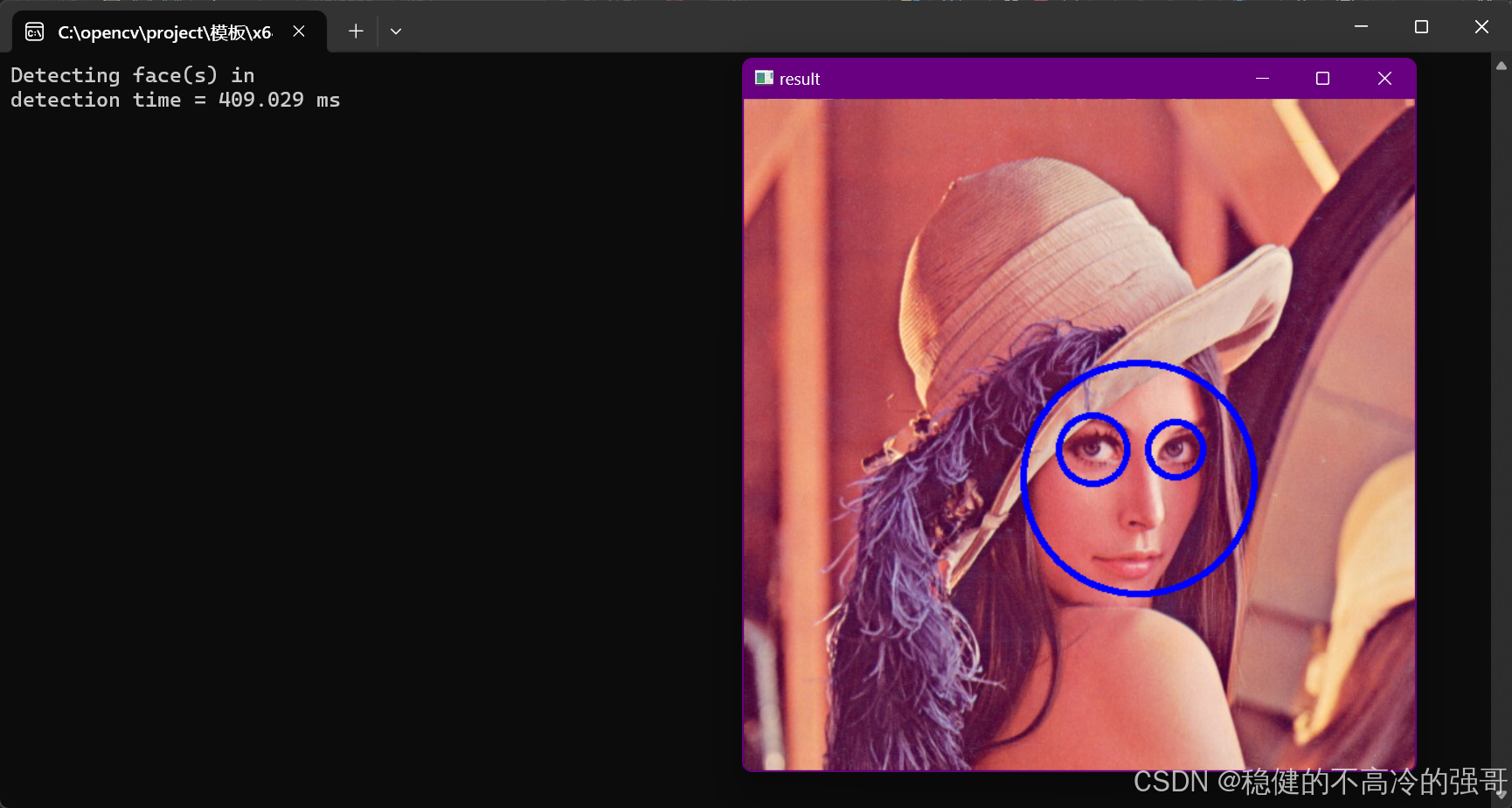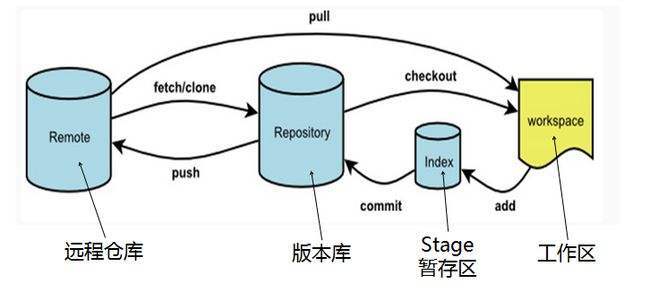文章目录
- 一,列表接口开发
- 1,新建常量类
- 2,路径参数识别规格参数和销售属性
- 二,其他接口
- 三,编码经验-使用常量类
- 为什么要用常量类?
- 示例
这一节的主要内容是:
- 销售属性列表查询接口的开发
- 将代码中的属性类型字面量用常量枚举代替,涉及列表查询、属性保存、属性修改、属性查询接口

一,列表接口开发
销售属性的列表接口是/api/product/attr/sale/list,后台暂无这个接口实现,但其和规格参数的接口逻辑高度相似,所以要复用这个接口。

1,新建常量类
在common类中新建常量类ProductConstants。

package com.atguigu.common.constant;
public class ProductConstant {
public enum AttrEnum {
BASE("base", 1), SALES("sales", 0);
private String type;
private int code;
AttrEnum(String type, int code) {
this.code = code;
this.type = type;
}
public int getCode() {
return code;
}
public String getType() {
return type;
}
}
}
2,路径参数识别规格参数和销售属性
在销售属性列表查询的时候,无需查询分组信息,因为销售属性没有分组信息。

{
QueryWrapper<AttrEntity> queryWrapper = new QueryWrapper<>();
if(catelogId != 0){
queryWrapper.eq("catelog_id",catelogId);
}
String key = (String) params.get("key");
if(StrUtil.isNotEmpty(key)){
//attr_id attr_name
queryWrapper.and((wrapper)->{
wrapper.eq("attr_id",key).or().like("attr_name",key);
});
}
IPage<AttrEntity> page = this.page(
new Query<AttrEntity>().getPage(params),
queryWrapper
);
PageUtils pageUtils = new PageUtils(page);
List<AttrEntity> records = page.getRecords();
List<AttrRespVo> respVos = records.stream().map((attrEntity) -> {
AttrRespVo attrRespVo = new AttrRespVo();
BeanUtils.copyProperties(attrEntity, attrRespVo);
if (ProductConstant.AttrEnum.BASE.getType().equals(attrType)) {
//1、设置分类和分组的名字
AttrAttrgroupRelationEntity attrId = relationDao.selectOne(new QueryWrapper<AttrAttrgroupRelationEntity>().eq("attr_id", attrEntity.getAttrId()));
if (attrId != null && attrId.getAttrGroupId() != null) {
AttrGroupEntity attrGroupEntity = attrGroupDao.selectById(attrId.getAttrGroupId());
attrRespVo.setGroupName(attrGroupEntity.getAttrGroupName());
}
}
CategoryEntity categoryEntity = categoryDao.selectById(attrEntity.getCatelogId());
if (categoryEntity != null) {
attrRespVo.setCatelogName(categoryEntity.getName());
}
return attrRespVo;
}).collect(Collectors.toList());
pageUtils.setList(respVos);
return pageUtils;
}
二,其他接口
保存属性的接口。
public void saveAttr(AttrVo attr) {
AttrEntity attrEntity = new AttrEntity();
BeanUtils.copyProperties(attr,attrEntity);
//1、保存基本数据
this.save(attrEntity);
if (ProductConstant.AttrEnum.BASE.getCode() == attr.getAttrType()) {
//2、保存关联关系
AttrAttrgroupRelationEntity relationEntity = new AttrAttrgroupRelationEntity();
relationEntity.setAttrGroupId(attr.getAttrGroupId());
relationEntity.setAttrId(attrEntity.getAttrId());
relationDao.insert(relationEntity);
}
}
更新属性的接口。
public void updateAttr(AttrVo attr) {
AttrEntity attrEntity = new AttrEntity();
BeanUtils.copyProperties(attr,attrEntity);
this.updateById(attrEntity);
if (ProductConstant.AttrEnum.BASE.getCode() == attrEntity.getAttrType()) {
//1、修改分组关联
AttrAttrgroupRelationEntity relationEntity = new AttrAttrgroupRelationEntity();
relationEntity.setAttrGroupId(attr.getAttrGroupId());
relationEntity.setAttrId(attr.getAttrId());
Integer count = relationDao.selectCount(new QueryWrapper<AttrAttrgroupRelationEntity>().eq("attr_id", attr.getAttrId()));
if (count > 0) {
relationDao.update(relationEntity, new UpdateWrapper<AttrAttrgroupRelationEntity>().eq("attr_id", attr.getAttrId()));
} else {
relationDao.insert(relationEntity);
}
}
}
查询属性的接口。
public AttrRespVo getAttrInfo(Long attrId) {
AttrRespVo respVo = new AttrRespVo();
AttrEntity attrEntity = this.getById(attrId);
BeanUtils.copyProperties(attrEntity,respVo);
if (ProductConstant.AttrEnum.BASE.getCode() == attrEntity.getAttrType()) {
//1、设置分组信息
// 要通过中间表得到
AttrAttrgroupRelationEntity attrgroupRelation = relationDao.selectOne(new QueryWrapper<AttrAttrgroupRelationEntity>().eq("attr_id", attrId));
if (attrgroupRelation != null) {
respVo.setAttrGroupId(attrgroupRelation.getAttrGroupId());
AttrGroupEntity attrGroupEntity = attrGroupDao.selectById(attrgroupRelation.getAttrGroupId());
if (attrGroupEntity != null) {
respVo.setGroupName(attrGroupEntity.getAttrGroupName());
}
}
}
//2、设置分类信息
Long catelogId = attrEntity.getCatelogId();
Long[] catelogPath = categoryService.findCatelogPath(catelogId);
respVo.setCatelogPath(catelogPath);
CategoryEntity categoryEntity = categoryDao.selectById(catelogId);
if(categoryEntity!=null){
respVo.setCatelogName(categoryEntity.getName());
}
return respVo;
}
三,编码经验-使用常量类
为什么要用常量类?
-
让代码更整洁:
- 把所有的常量都放在一个地方,就像把所有的调料都放在调料盒里一样,找起来方便,也显得更整洁。
-
避免手滑:
- 如果你直接在代码里写一些固定的值,比如
"success"或者10,万一打错字或者数字,可能要花好长时间才能找到错在哪。用常量类就不用担心这个问题了。
- 如果你直接在代码里写一些固定的值,比如
-
容易改错:
- 如果你有一天突然想把
"success"改成"ok",你只需要在一个地方改,不用满世界去找。这就像是你只需要改一个地方的地址,而不是给每个人发信通知他们你的新地址。
- 如果你有一天突然想把
-
编译器帮你把关:
- 如果你用的是常量,编译器会在你写错的时候提醒你。就像是有个严格的老师在旁边盯着,让你不容易犯错。
-
让代码更好懂:
- 比如说,你用
"SUCCESS"或者"ERROR"这样的词,别人一看就知道你是啥意思,不像1和0那样让人摸不着头脑。
- 比如说,你用
-
防止误操作:
- 在Java里,常量通常是
public static final的,这意味着一旦设定就不能再改。这就像是给你的钱存进银行,不会被偷走。
- 在Java里,常量通常是
-
方便国际化:
- 如果你的应用要面向全世界,不同的语言需要用不同的文字。把这些文字都放在常量里,以后要换语言就方便多了。
-
可能更快:
- 编译器有时候会把常量直接嵌入到代码里,这样运行起来会更快一点,就像是你提前把菜切好了,做饭的时候就快多了。
示例
public class Constants {
public static final int MAX_CONNECTIONS = 10; // 最大连接数
public static final String SUCCESS = "success"; // 成功的标志
public static final String ERROR = "error"; // 错误的标志
}
public class Example {
public void doSomething() {
if (process() == Constants.SUCCESS) { // 如果处理成功
// 执行后续操作
}
}
private String process() { // 处理逻辑
return Constants.SUCCESS; // 返回成功标志
}
}
总的来说,用常量类可以让代码更清晰、更可靠,还能节省不少时间!



















